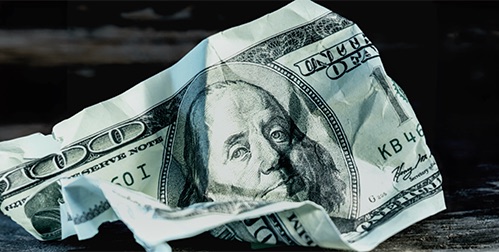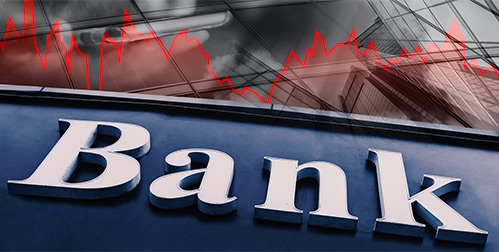- Gold’s record-breaking ascent is fueled by numerous drivers
- Excess money printing, geopolitical conflict, central bank purchasing and fears over the national debt are giving gold tailwinds
- Now is an opportune time to add protect portfolio value with physical precious metals
Gold Prices on the Rise
In recent months, gold has been reaching new all-time highs as it continues its upward trajectory. With numerous factors behind the upswing, now is an opportune time to protect your retirement funds with physical precious metals.
Multiple Drivers Impacting Gold Prices
Gold’s current rise is not just an economic blip; it’s backed by multiple strong drivers:
Significant Money Printing: Since 2020, there has been a substantial increase in money printing, which is now starting to take effect on the economy. From 2020 to 2024, the M2 money supply increased from $15 trillion to $22 trillion. This has decreased the purchasing power of the dollar by 25-30%. People are turning to gold as a store of value as the oversupplied dollar depreciates.
Geopolitical Conflict: Ongoing major conflicts around the world are spurring safe haven demand and contributing to the upward pressure on gold prices.
Central Bank Purchases: Central banks are buying gold at the fastest rate in 55 years, further driving up demand. They seek to fortify their own economies with gold by hedging against inflation, moving away from the dollar, and securing against potential sanctions.
National Debt: Crossing $34 trillion and climbing fast, the national debt is at crisis levels. But the government is unwilling to cut spending. Already costing more than defense, the cost to service the runaway debt could strangle all government services, including Social Security. Americans are buying gold to protect against inevitable inflation and collapse.

Gold as a Response to Economic Uncertainty
Given these factors, it’s no wonder that investors are flocking to gold. Gold offers stability in times of economic uncertainty and has historically been a trusted store of value. The increasing cost of gold in terms of dollars reflects the declining trust in the US dollar and government policies.
Investment banks are predicting even higher gold prices by the end of the year and beyond. Experts believe that if we see any rate cuts or economic instability, gold prices could soar even higher. Interest rate cuts could push gold to $2,700 an ounce. Meanwhile, some analysts say further bank failures or election chaos could see gold reaching $3,000 an ounce or higher.
Considering Silver
For those looking for a more accessible option, silver is also worth considering. Currently valued at around $28 an ounce, silver has significant upside potential. It’s investment and industrial demand are at historic levels while production deficits are unable to keep up. It’s not just a less expensive alternative to gold but also a valuable hedge in a recession or rate cut environment.
Conclusion
Gold has stood the test of time as a reliable store of value. It isn’t just a safe haven; it’s a smart diversification tool. It acts as an insurance policy against currency devaluation and economic instability. In today’s volatile economic environment, having a portion of your portfolio in gold makes sound financial sense.
Contact American Hartford Gold today at 800-462-0071 to learn more about how you can secure your financial future with a Gold IRA.


 1
1
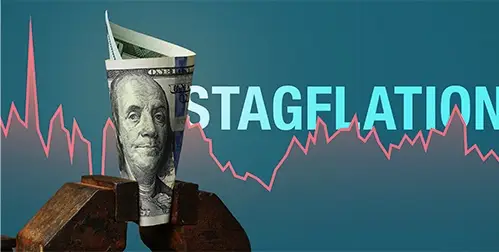

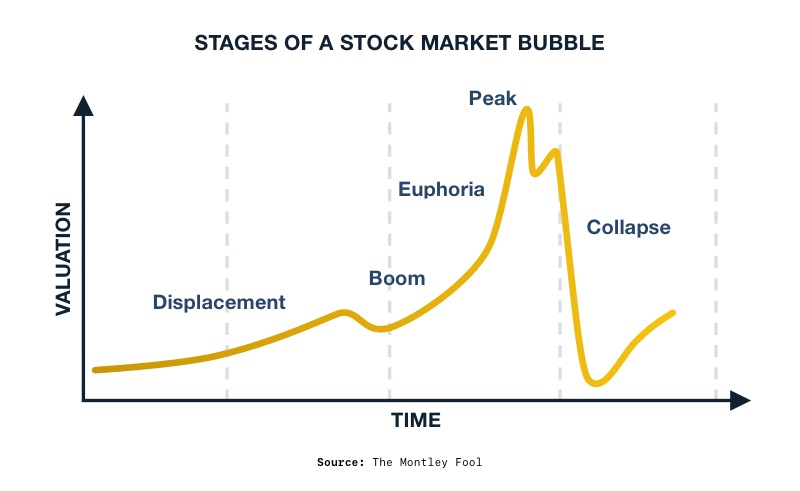 3
3
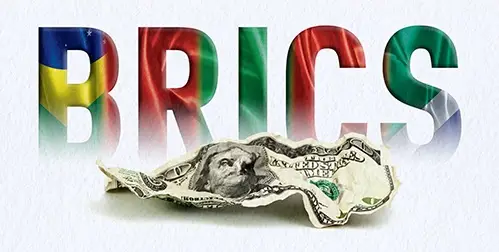

 4
4


 1
1
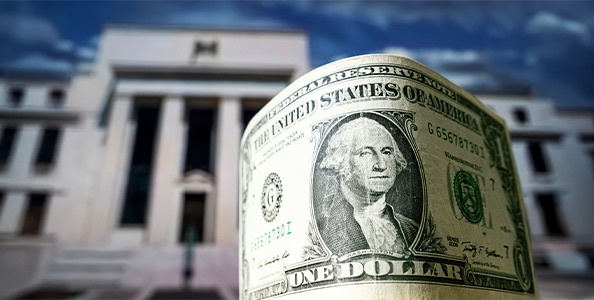

 1
1
